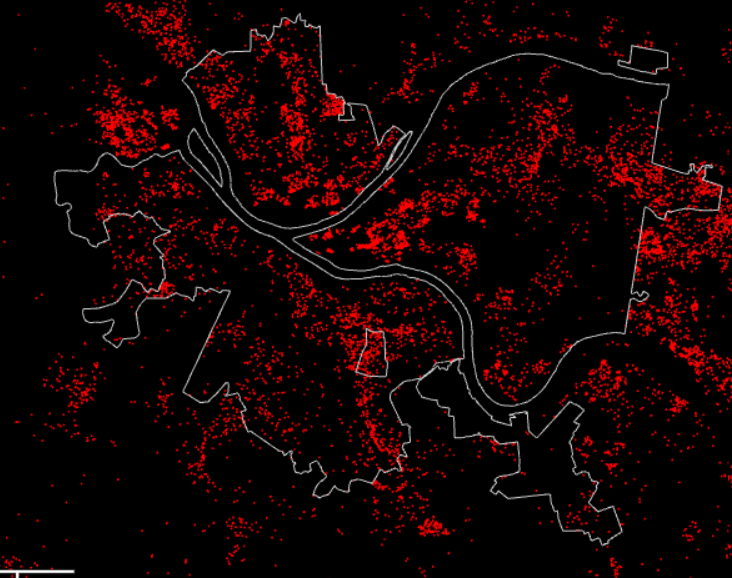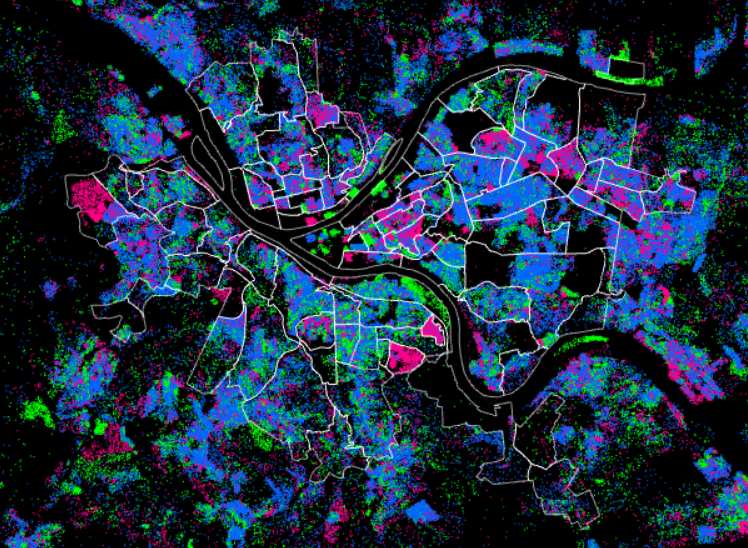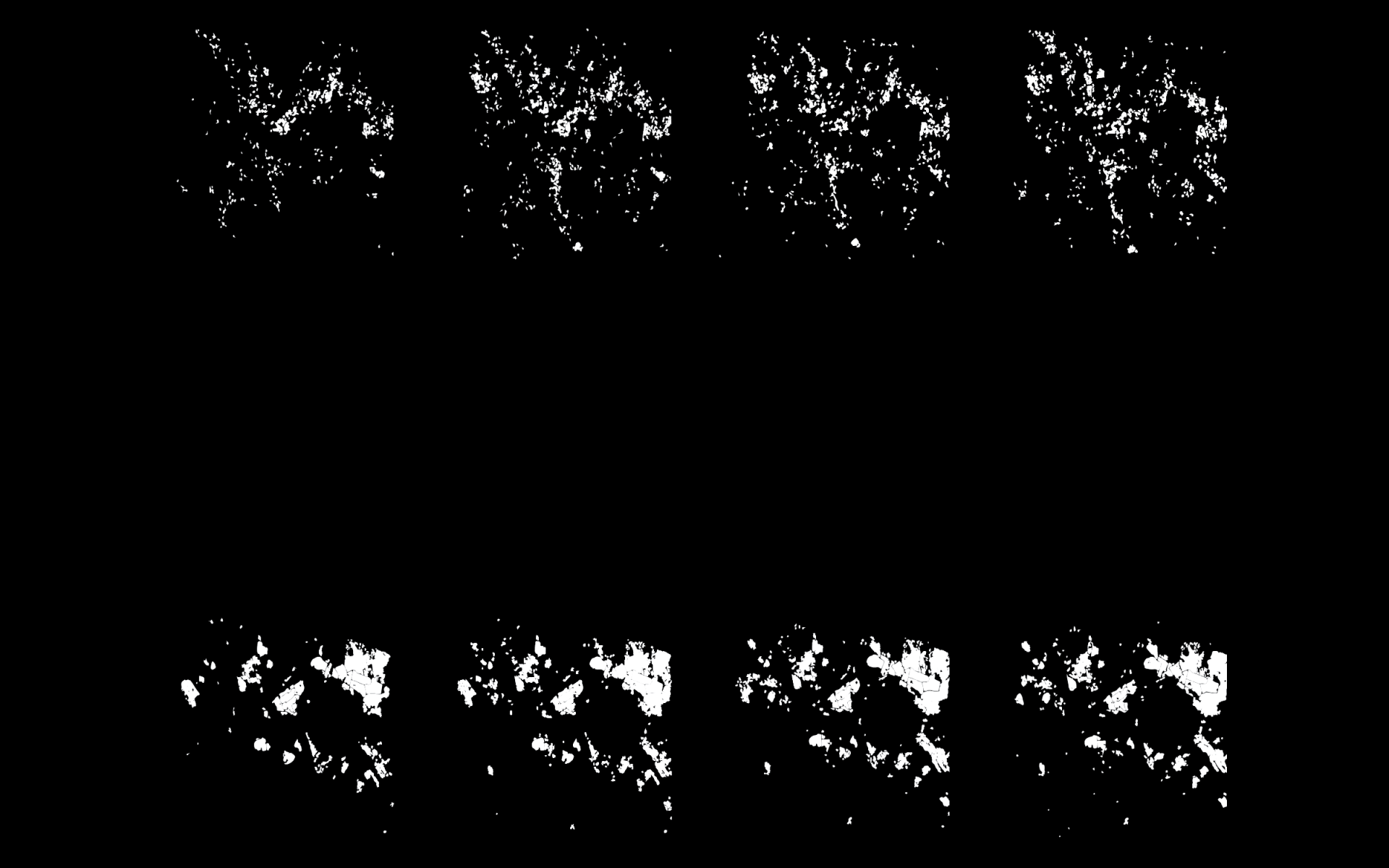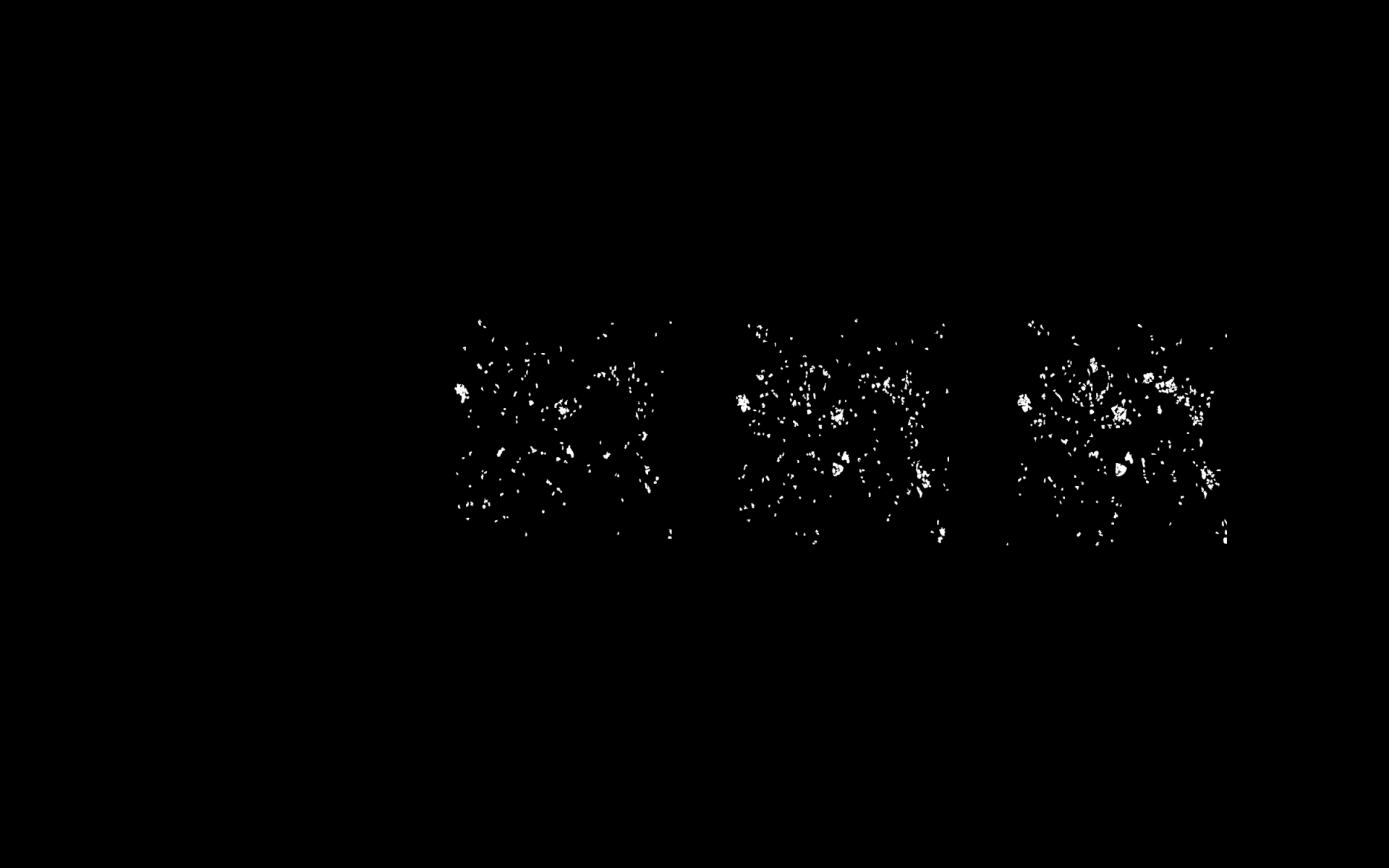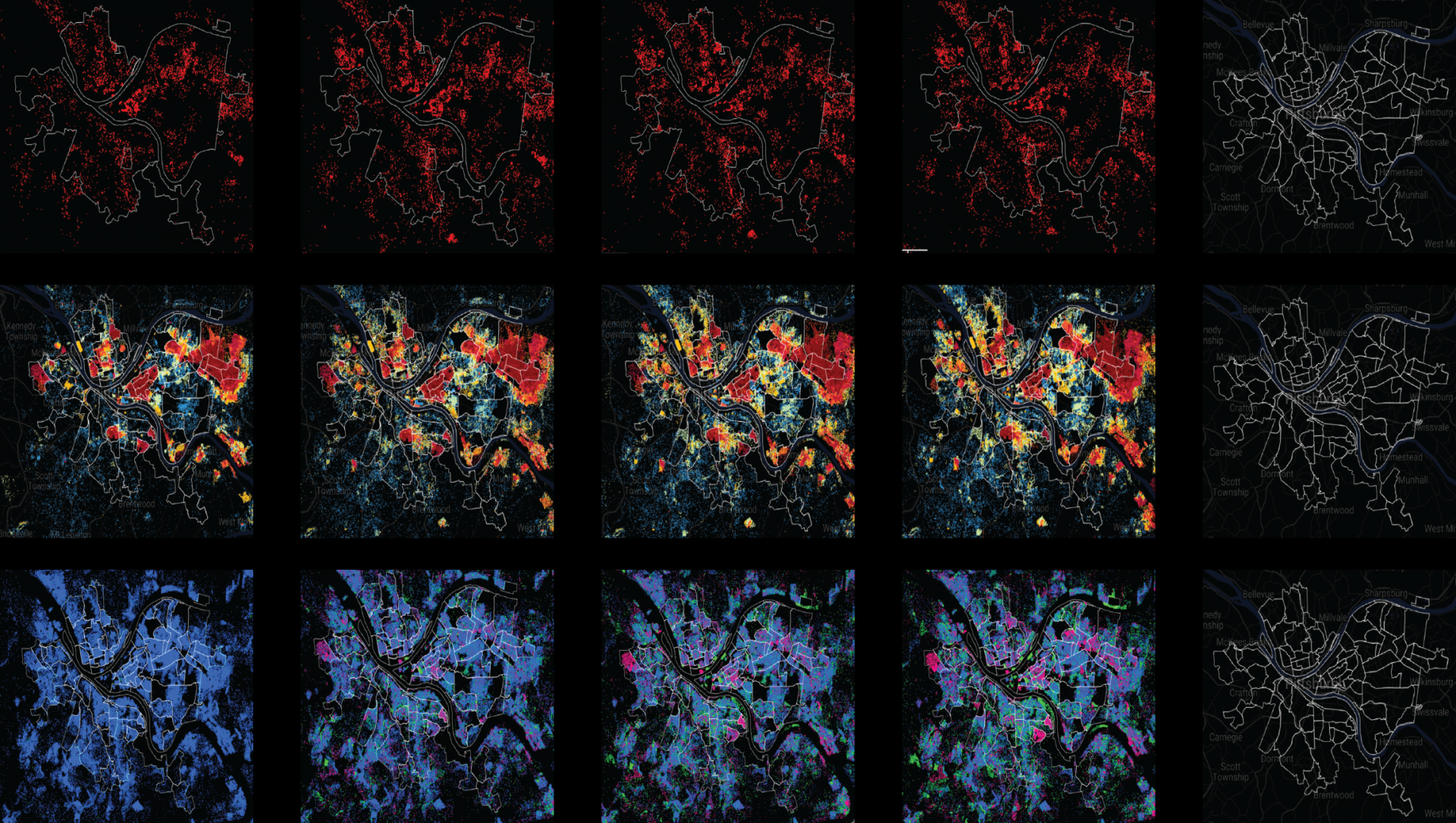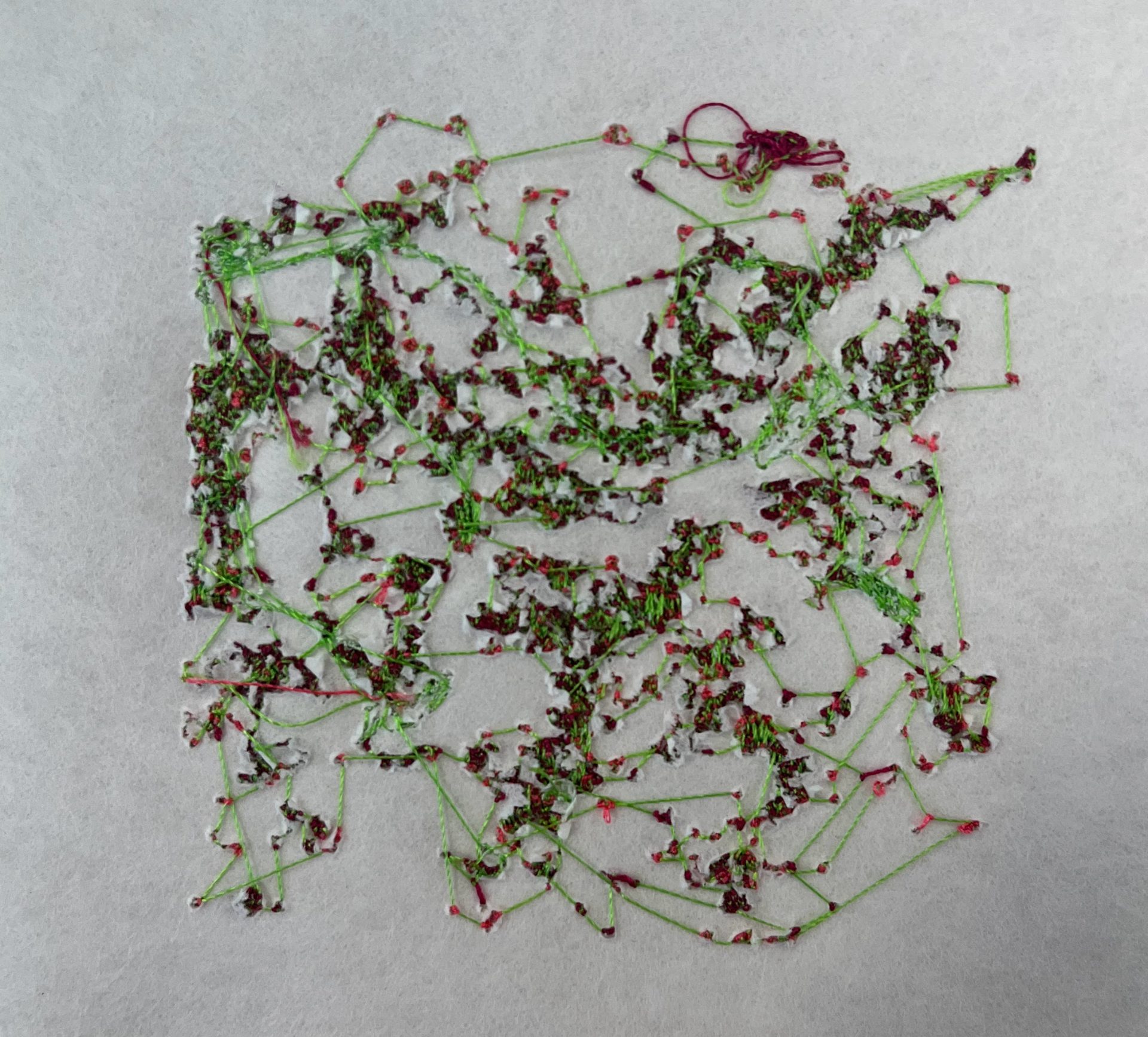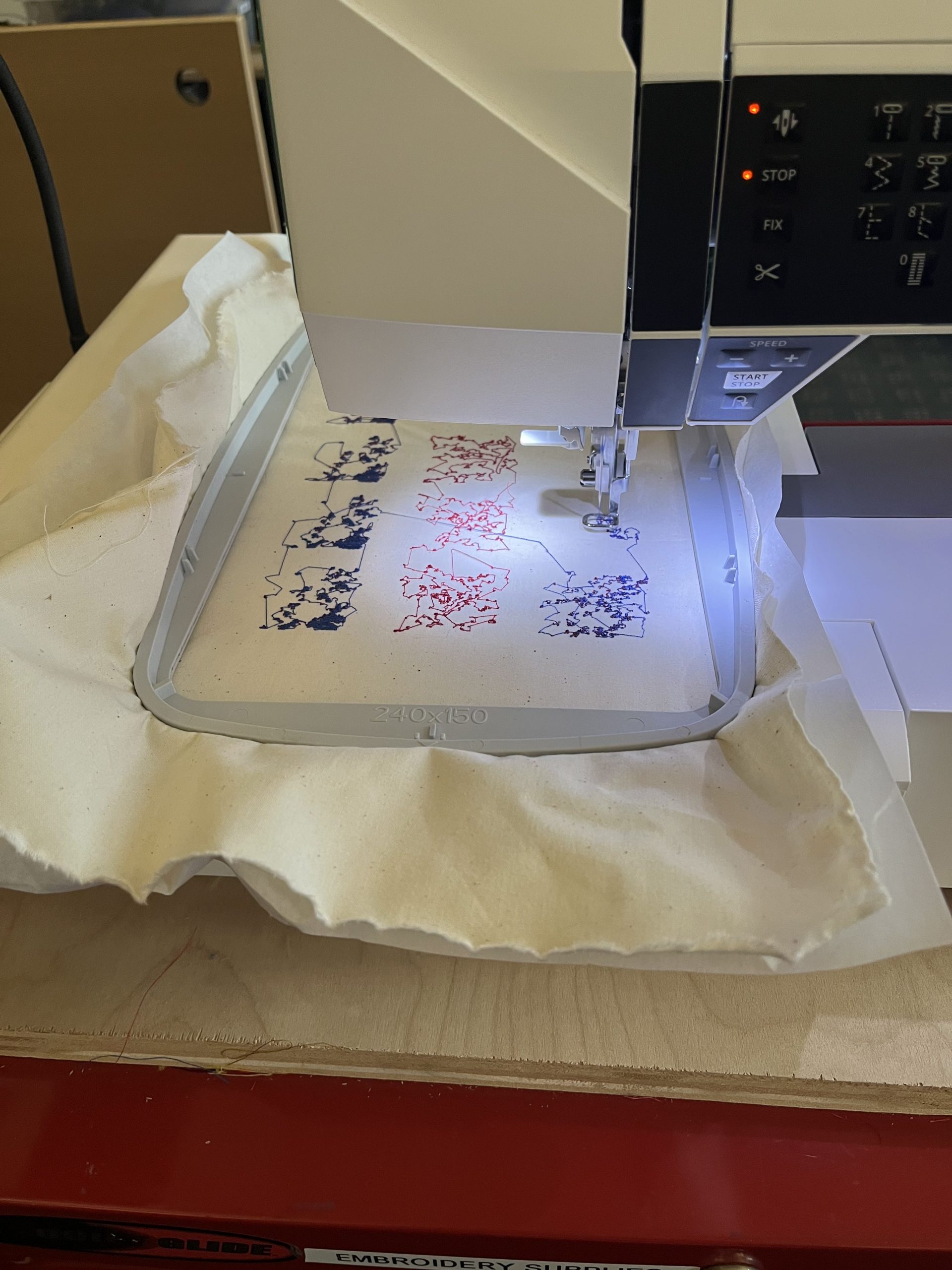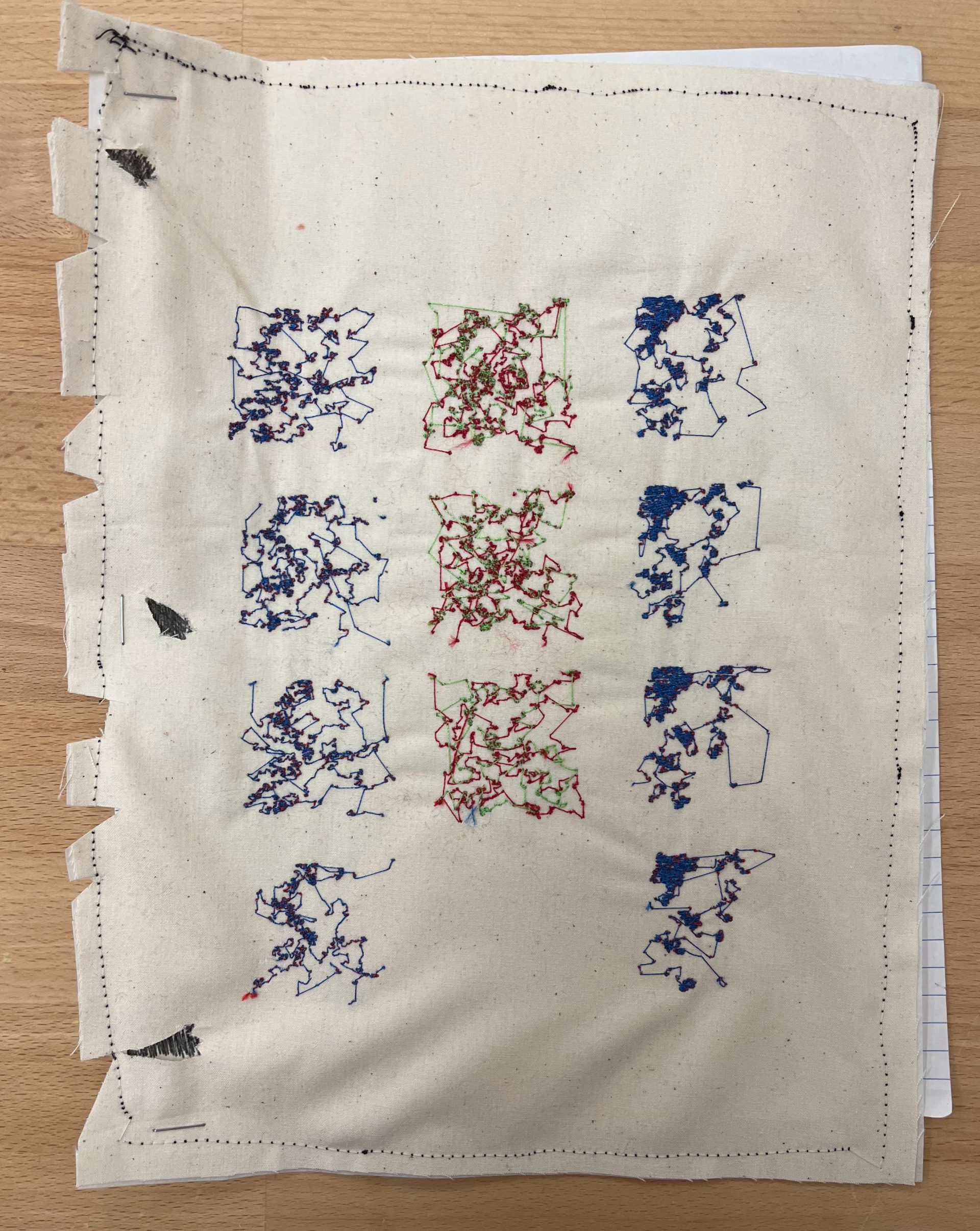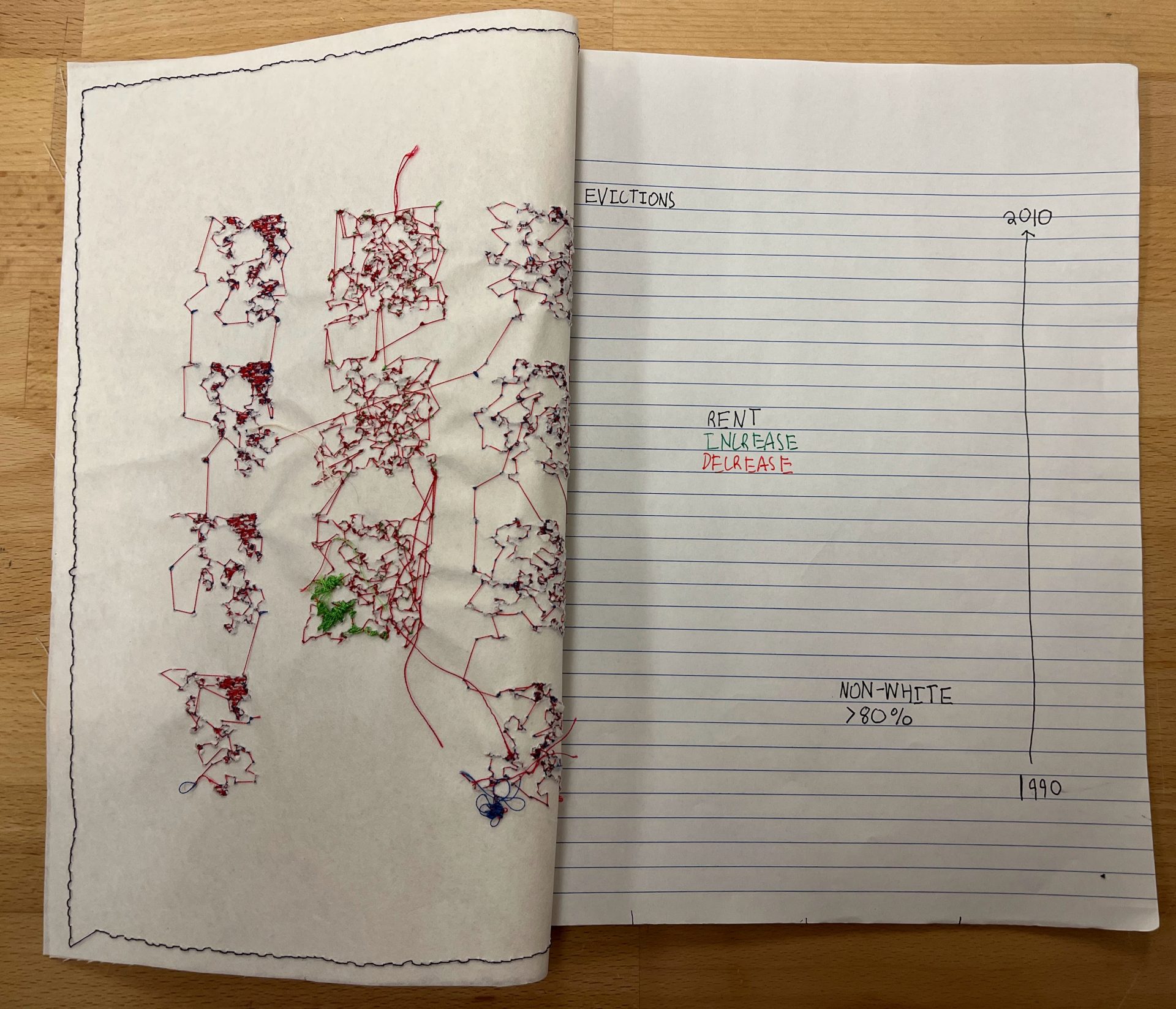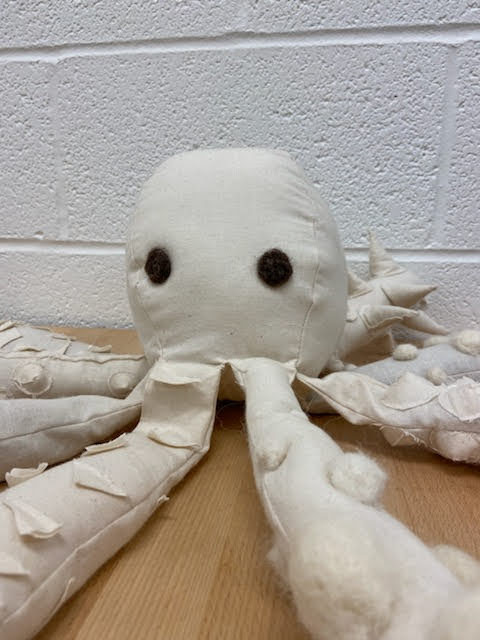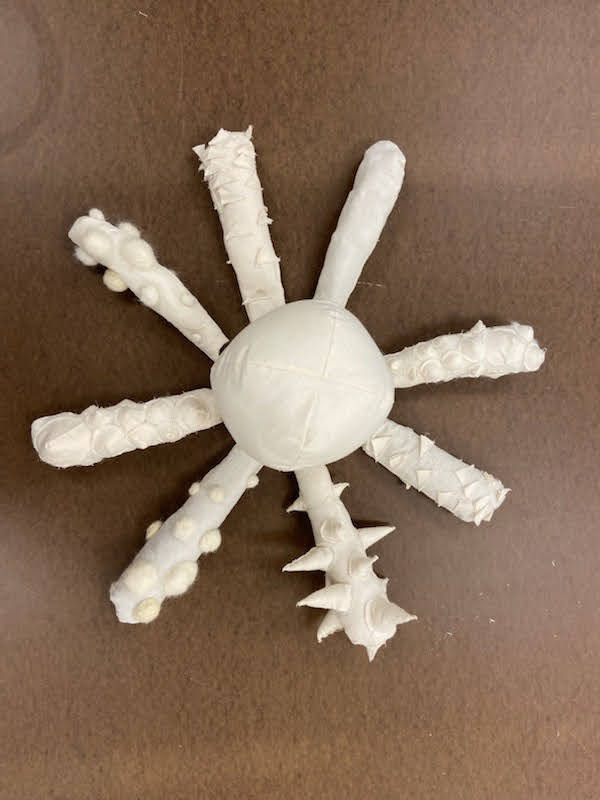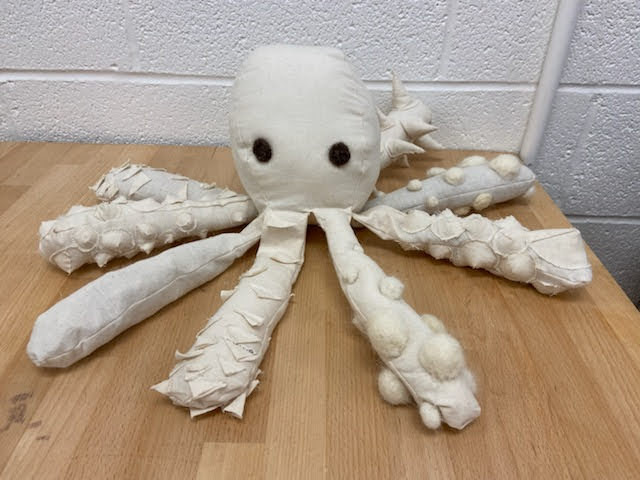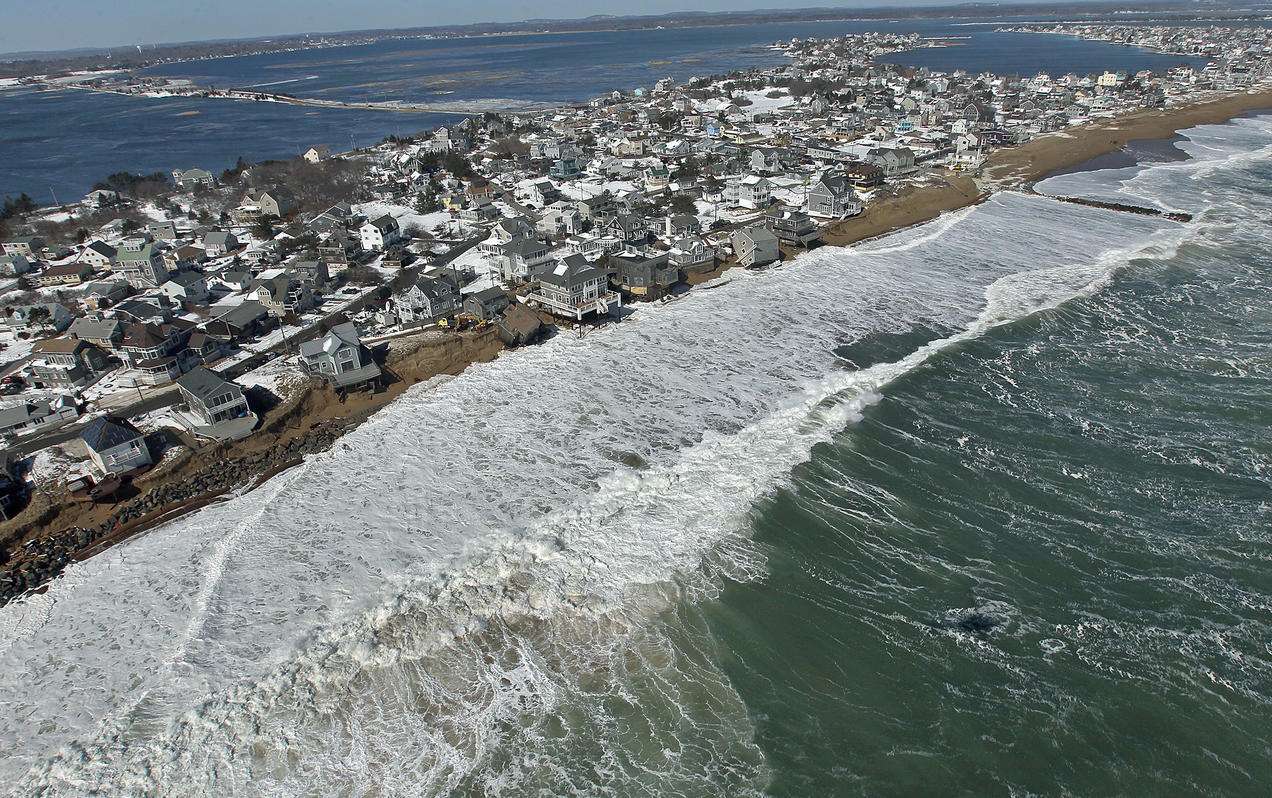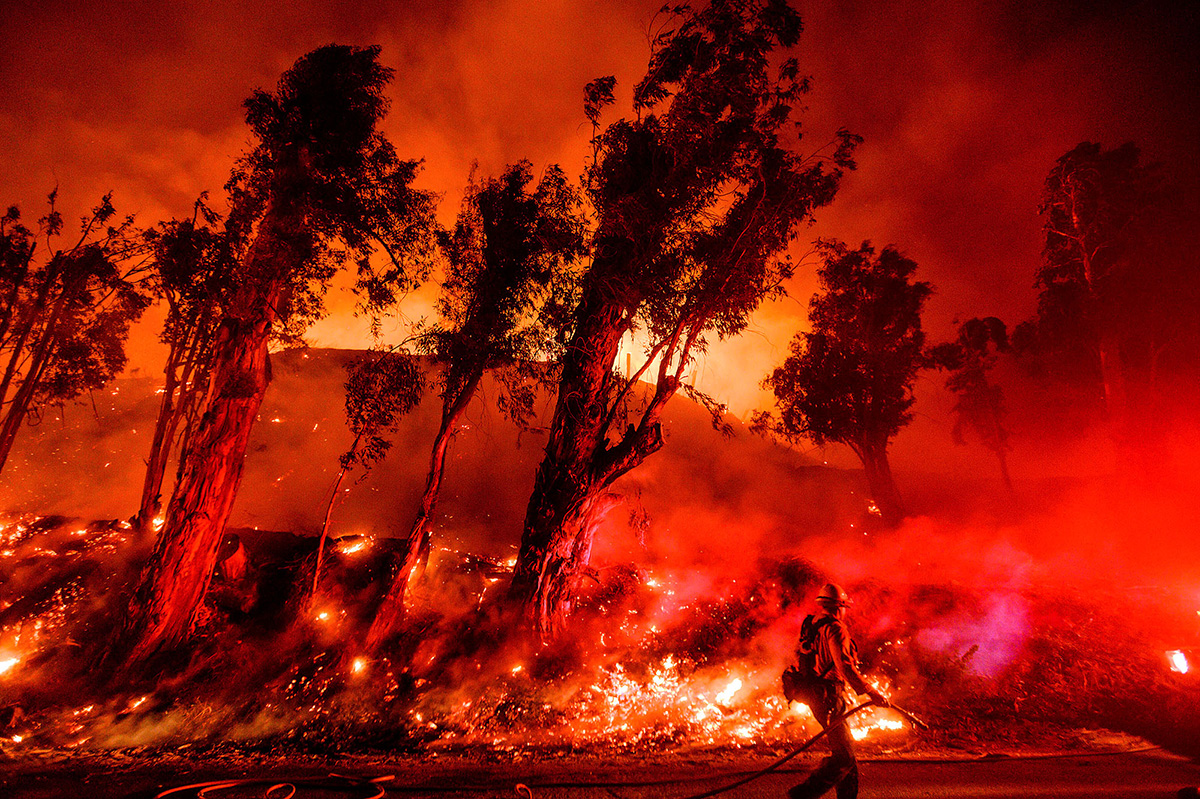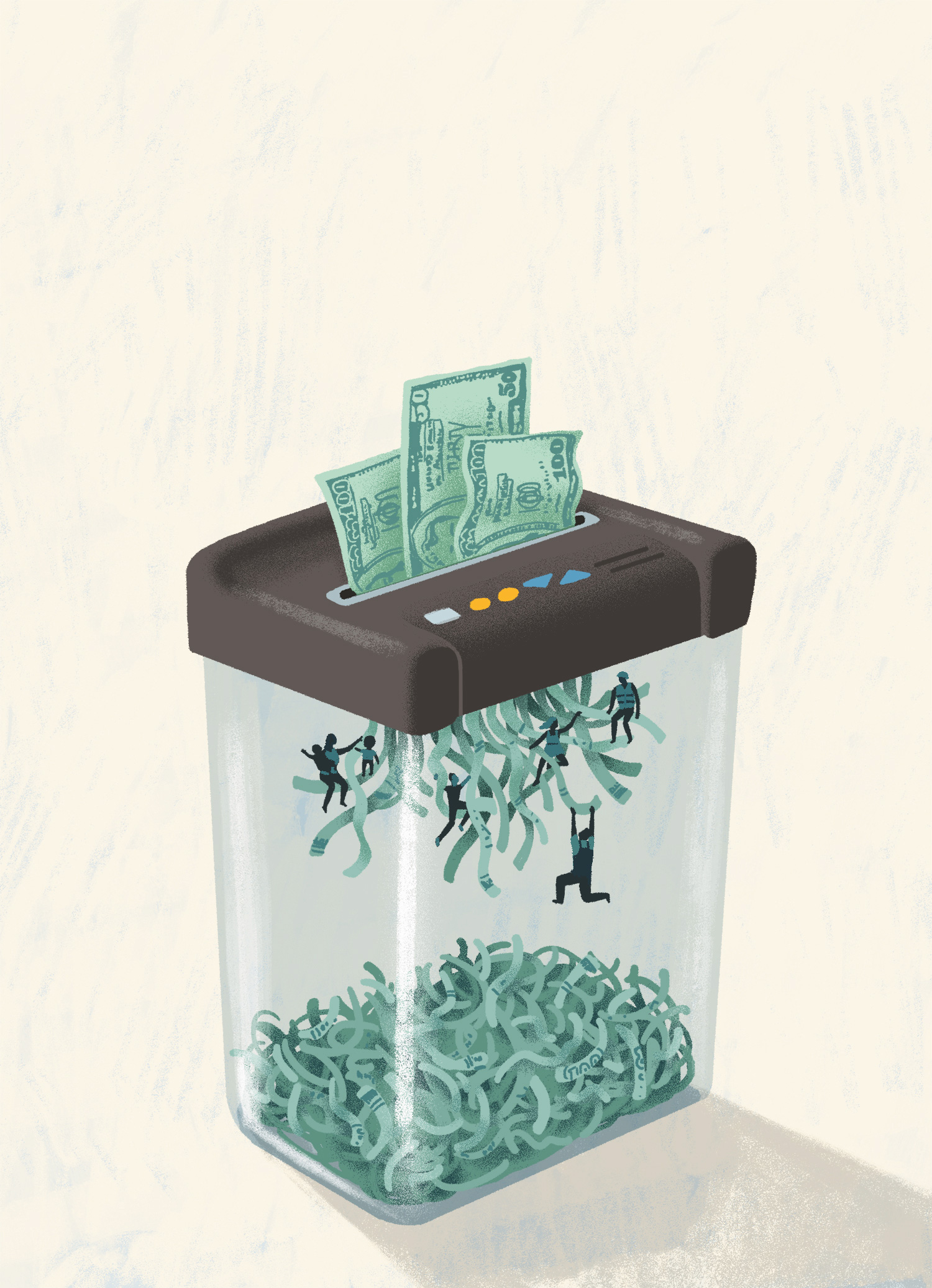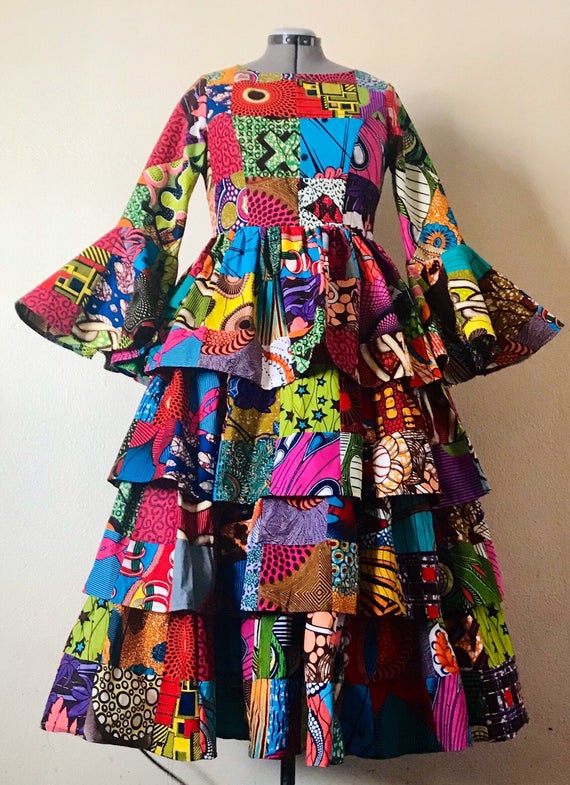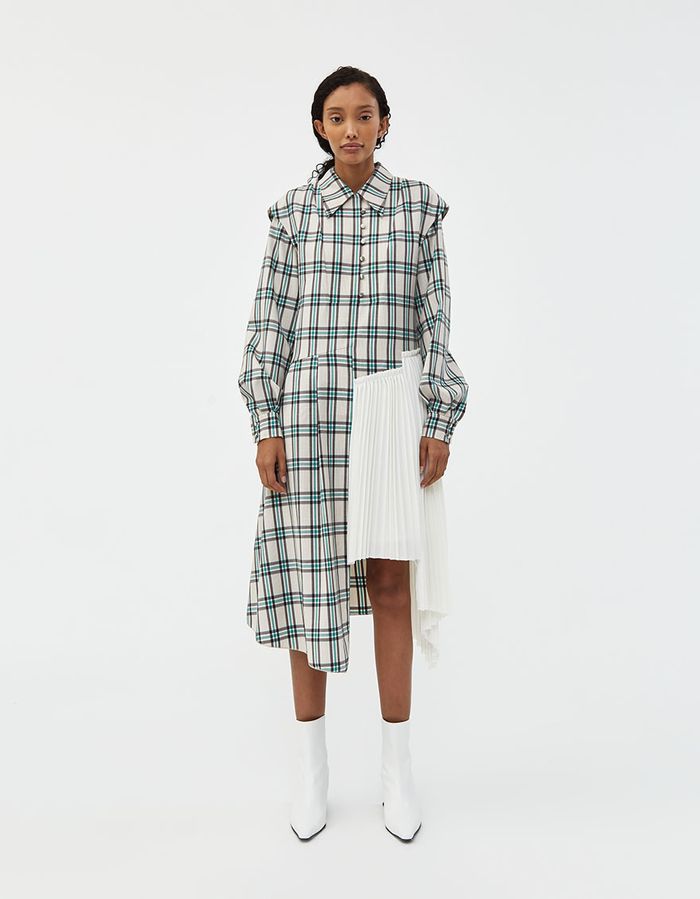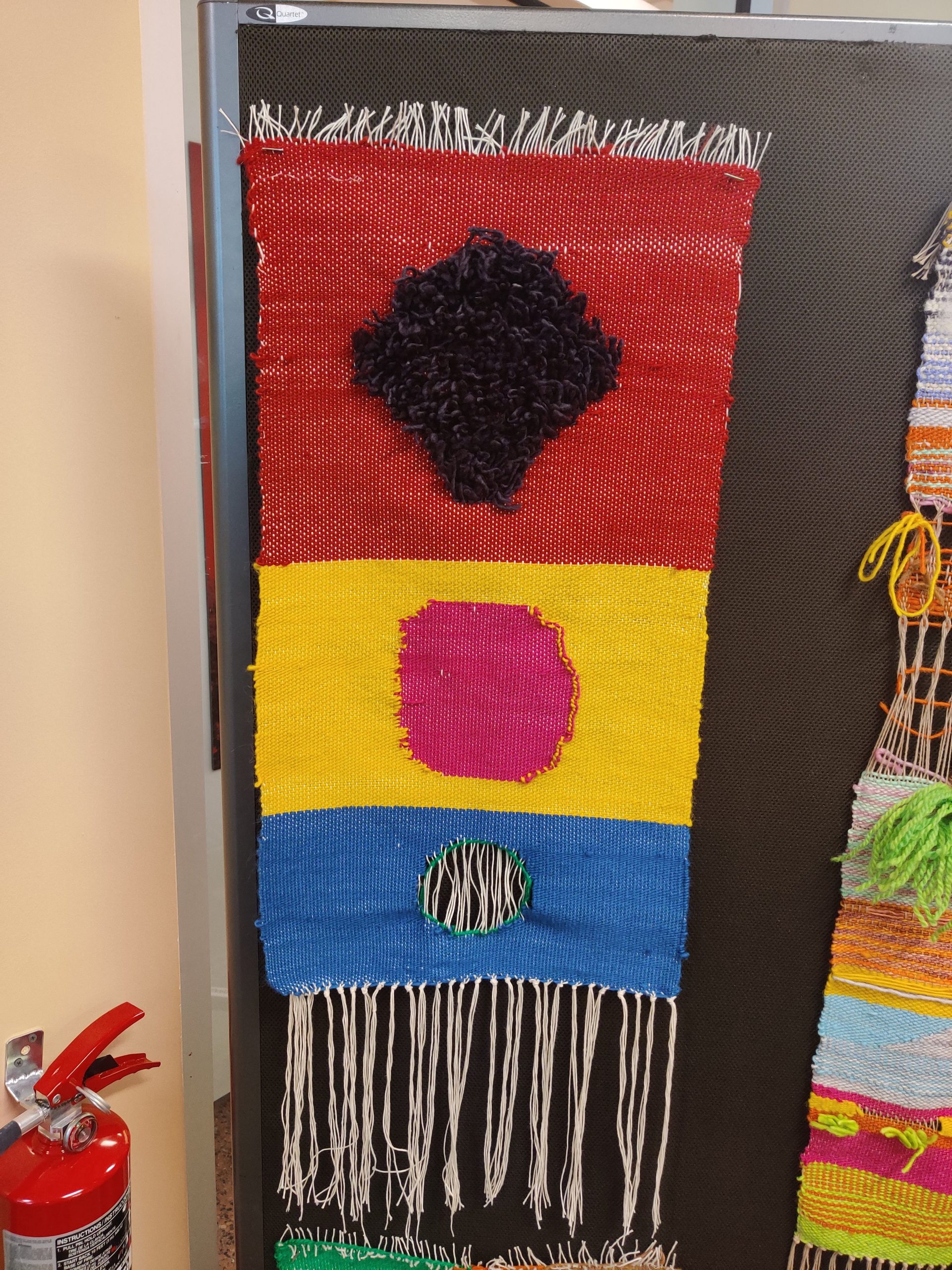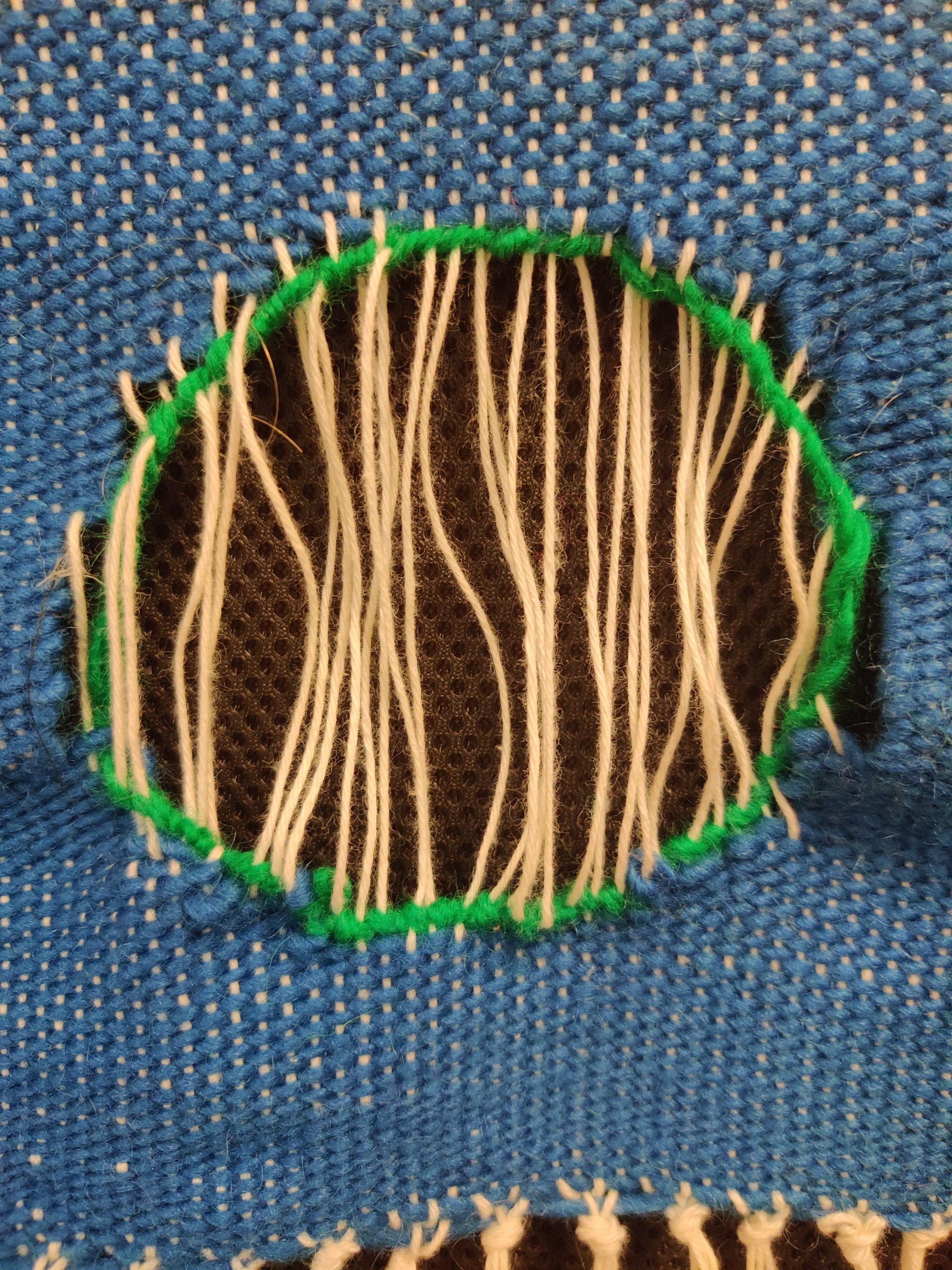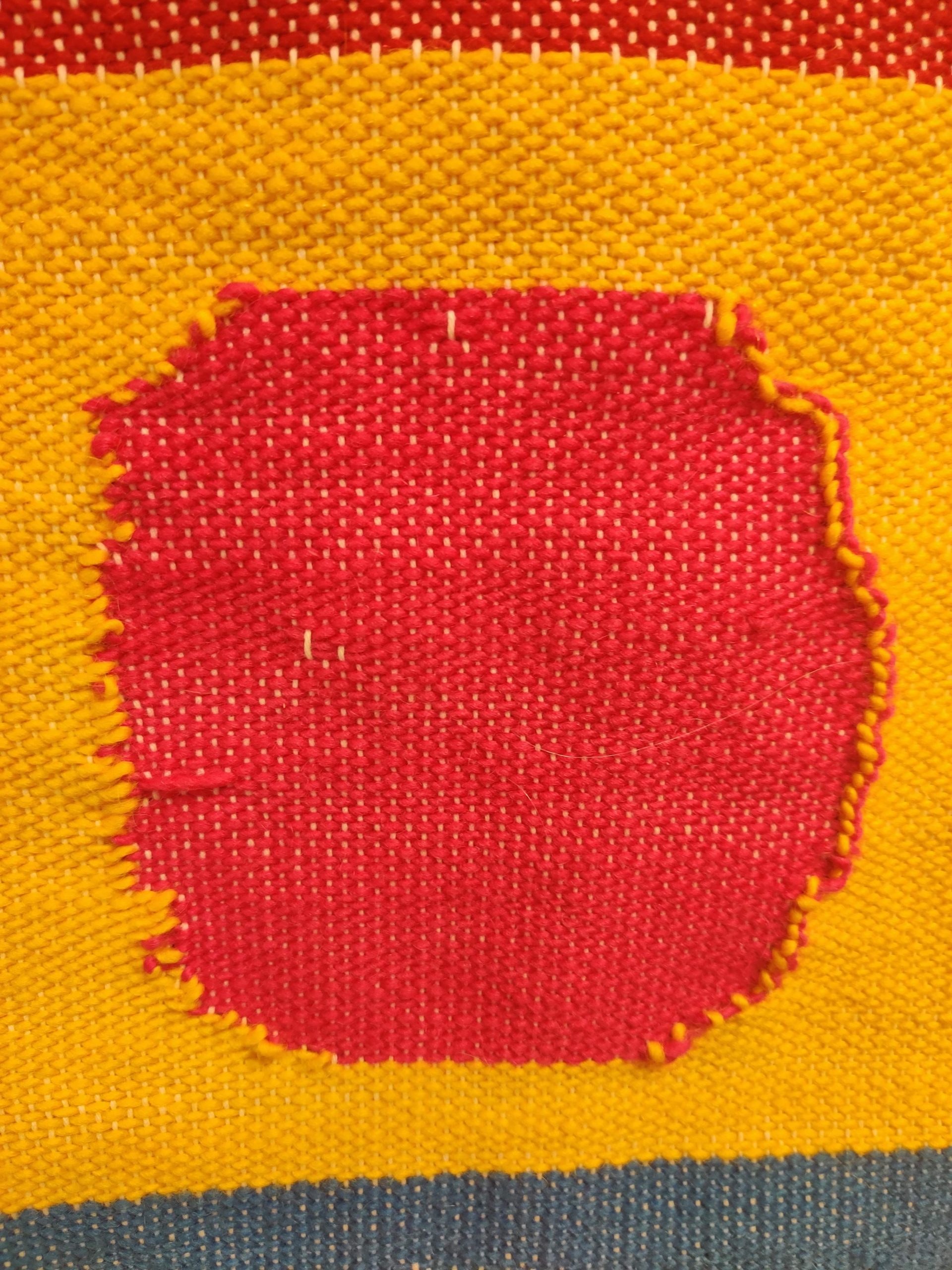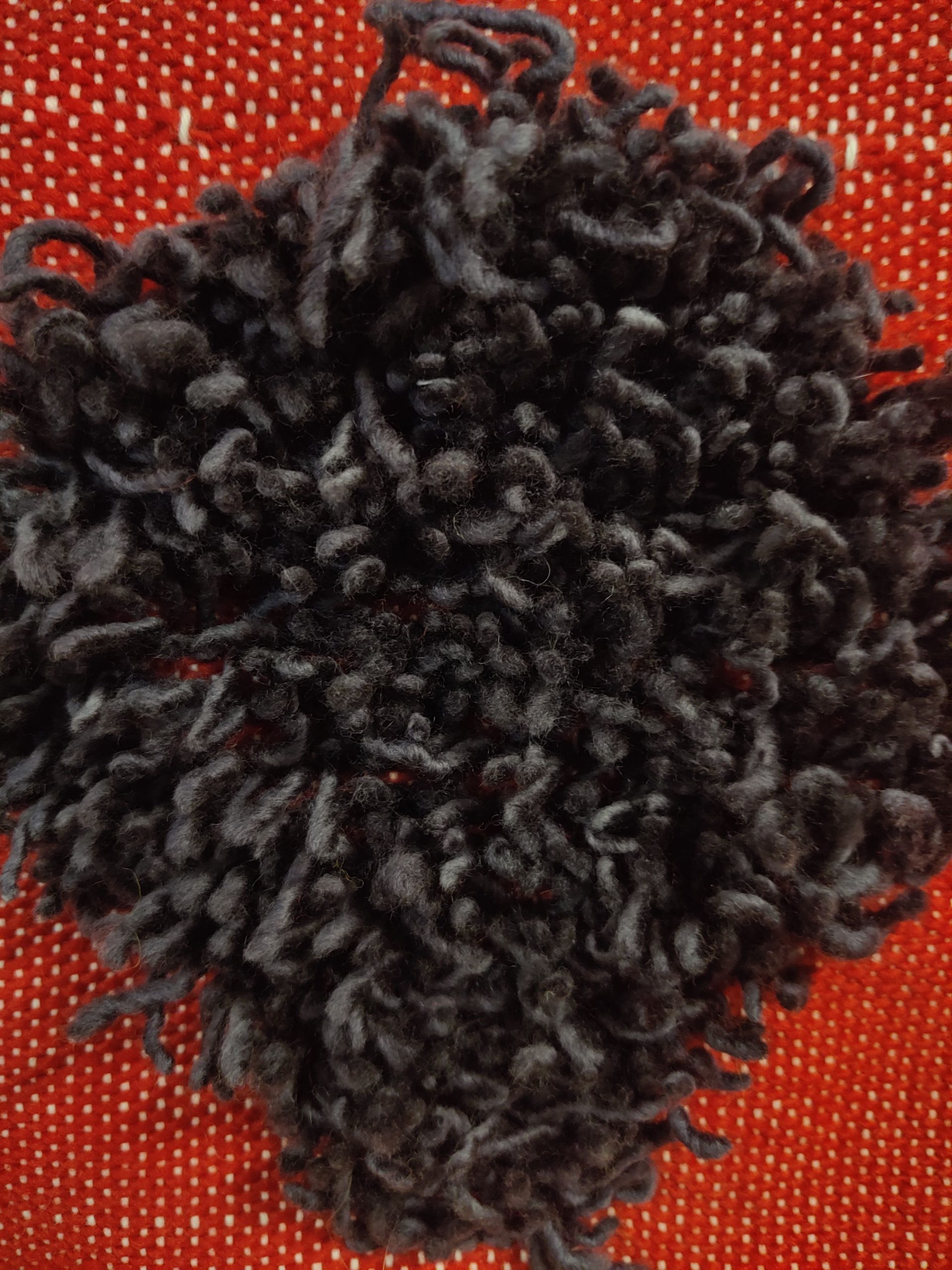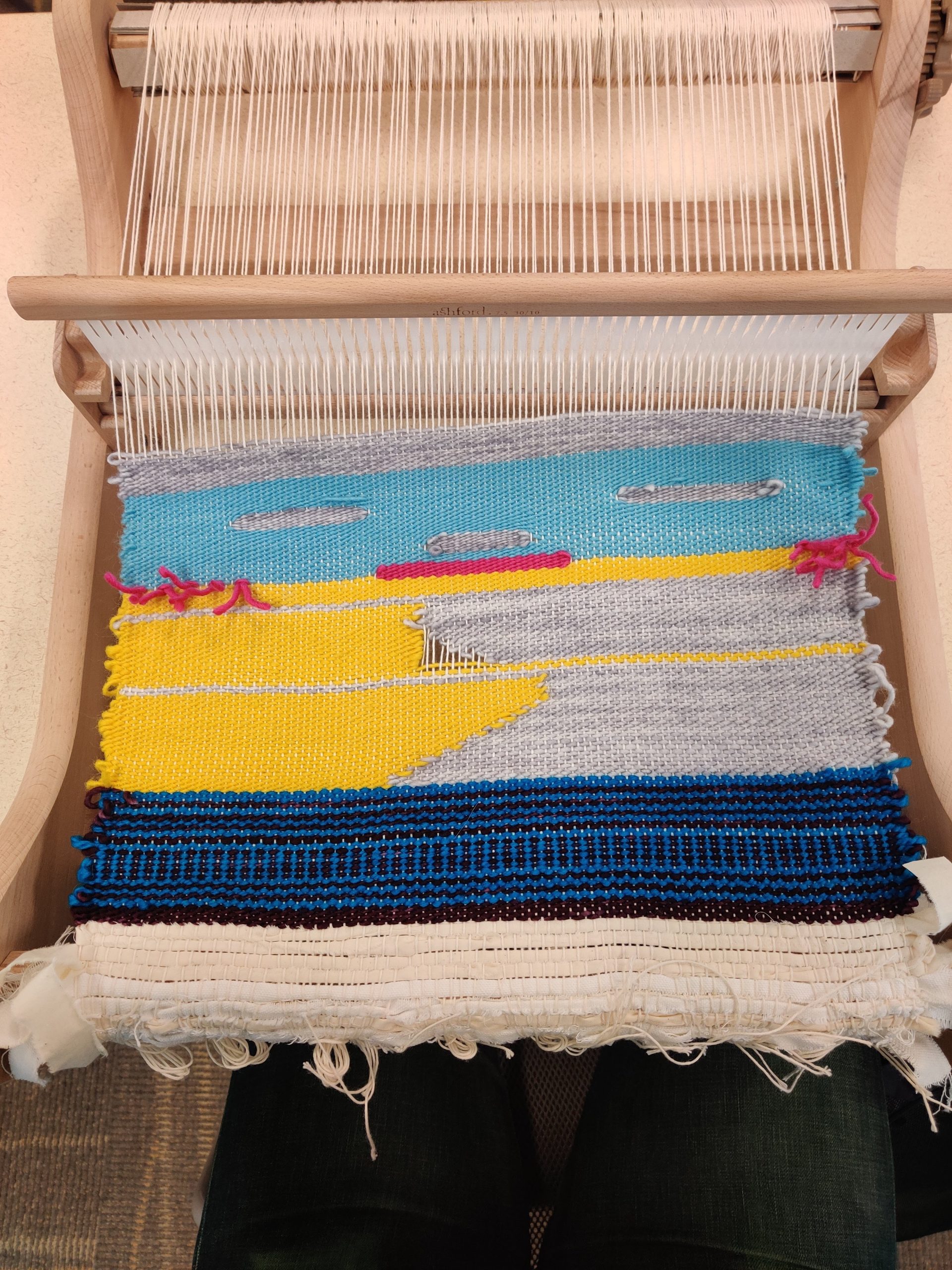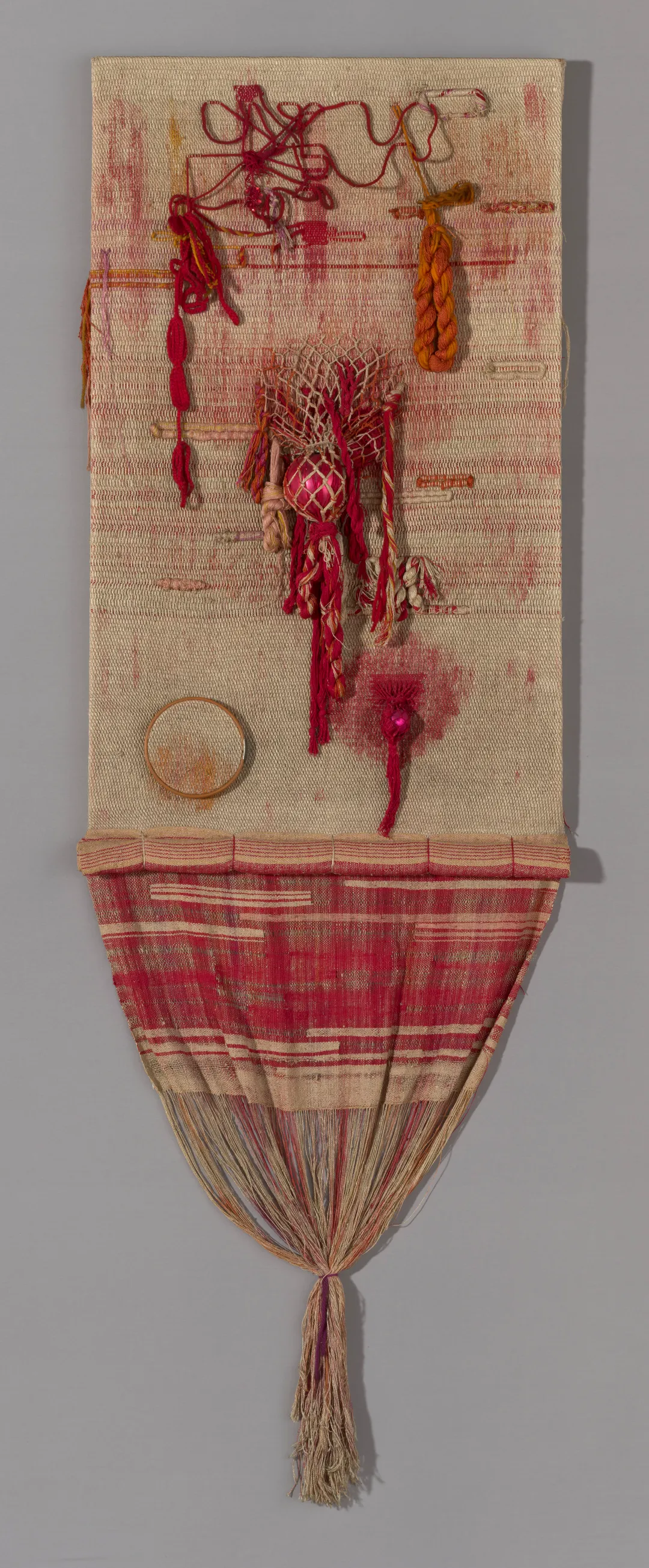Written Reflection
Your process for conceptualizing and making your object
Our process started with imagining the reality of the future and comparing how it may differ from the present. Our conclusion was that humanity’s longing for physical touch will continue or even intensify, as we imagine the world of the future to be filled with smooth, cold computer screens and digitized interactions. This initiated our exploration of a comfort object for people of all ages of the future, specifically exploring the different textures we could create and use that contrast with that of flat screens. Thinking about different toys and comfort objects we use today and how these date back to several years back, we decided to build a stuffed octopus, where each tentacle would have a different texture.
What worked well and why you think it worked well
The sizing of the octopus was a concern at first, as we intended to make the octopus handheld for personal use. However during the critique, the octopus was able to be shared amongst multiple people, each experiencing a different tentacle and thereby a different textural experience. Another element that worked well was the plain color of the octopus, as it let the different textural aspects be further emphasized and removed distractions. The lack of color also implies that future life is overstimulating, and to relax people may turn to plainer-colored comfort objects made of natural fabrics rather than bright, artificially colored synthetic materials. Additionally, the varied combinations of fillings and outer textures resulted in a wider range of experiences without overcomplicating our fabrication process.
What you would improve or change and why
The finishing of the edges could be improved. Though the raw edges give a more rough feeling that also provides another dimension to a textural experience, with more time and skill, the toy could be more securely fabricated. Also, the lack of variety in fabric allowed the experience to be solely about the fillings and the outer textures, though we would like to explore other natural materials to create even more combinations.
What you learned through this project and what you might take from this project with you into future projects
This project had a more intense brainstorming process, which allowed us to combine our ideas and talk about what we wanted to do for the project extensively. I think this extended brainstorm and discussion about the project further clarified our goals and what we wanted to create. Also, we learned a great deal about modifying initial project goals throughout the creation process. Being able to accomplish our intended goal while being flexible with specific design requirements will be a useful skill in future projects.
I had very little experience with using the sewing machine and making plushies, so the entire fabrication process for this stuffed octopus was quite challenging for me. In terms of skills, I was able to further improve my ability to use a sewing machine and make 3D structures with it. Because of this, I feel much more confident in being able to incorporate this fabrication method into my future projects.
